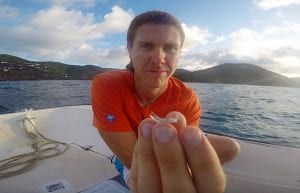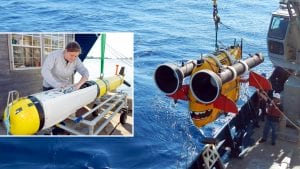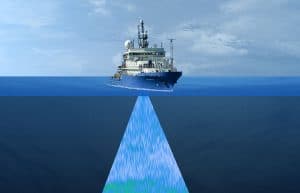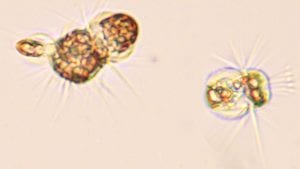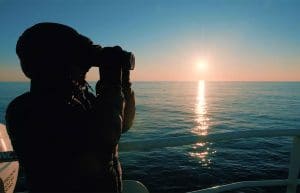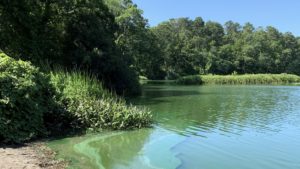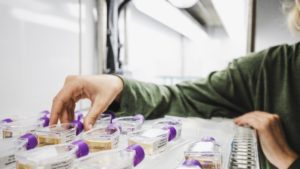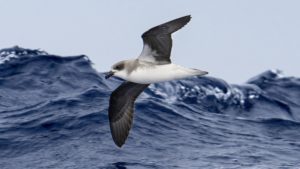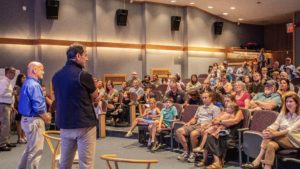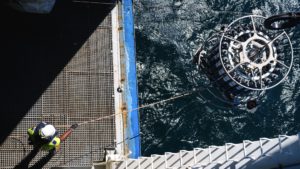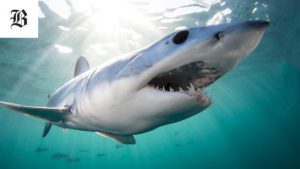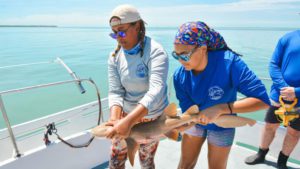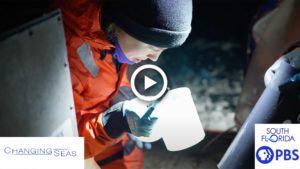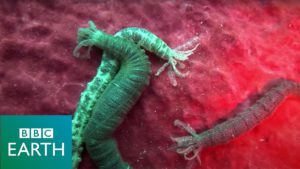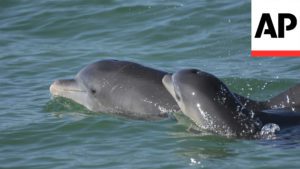Research Highlights
Oceanus Magazine
News Releases
Updated national science strategy for harmful algal research and response builds on major accomplishments, findings.
The potent toxicity of the 2022 HAB event “posed an unprecedented risk to human and ecosystem health.”
A new study reveals that the rare Desertas Petrels, a wide-ranging seabird in the North Atlantic, exhibit unique foraging behaviors during hurricane season.
Looking for a fun, free, interactive way to learn more about the mysteries of the ocean? WHOI & the Yawkey Foundation present the 2024 Ocean and Climate Outreach Series.
A new technology detects trace amounts of oxygen in an environment where previously these life-supporting molecules were below the limit of detection.
News & Insights
MIT-WHOI Joint Program student Jaida Elcock celebrates Shark Week and shark awareness in this Q&A
At the northernmost year-round research station in the world, scientists brave frigid temperatures and perpetual night to solve an ocean mystery. The team is trying to figure out how some of the tiniest animals survive at a time of year when their main food source is not available.
WHOI’s Jaida Elcock and Lauren Dykman explain why parasites may be a sign of ocean health

